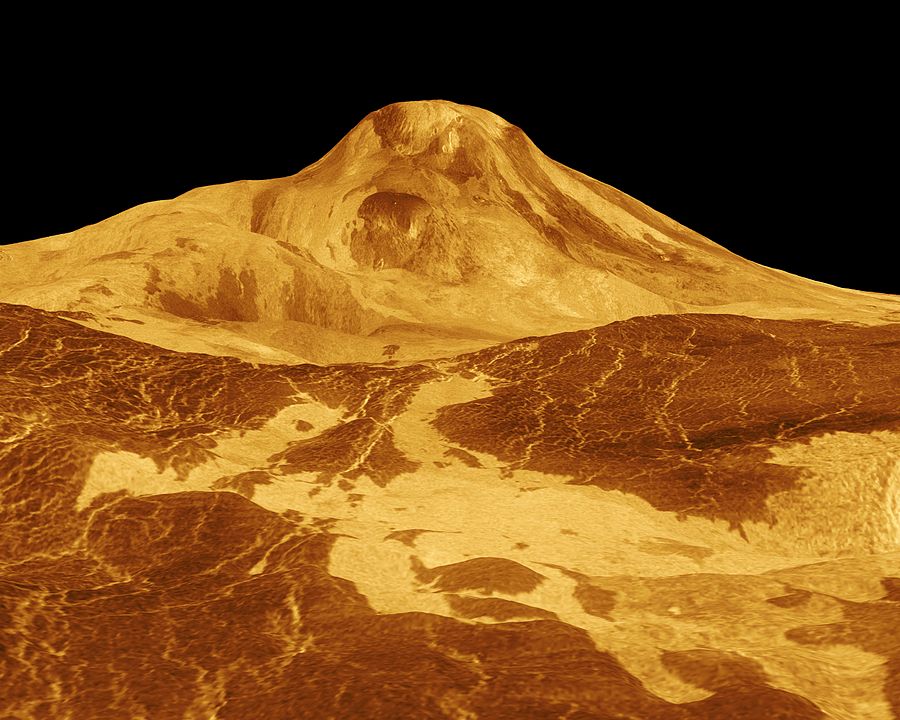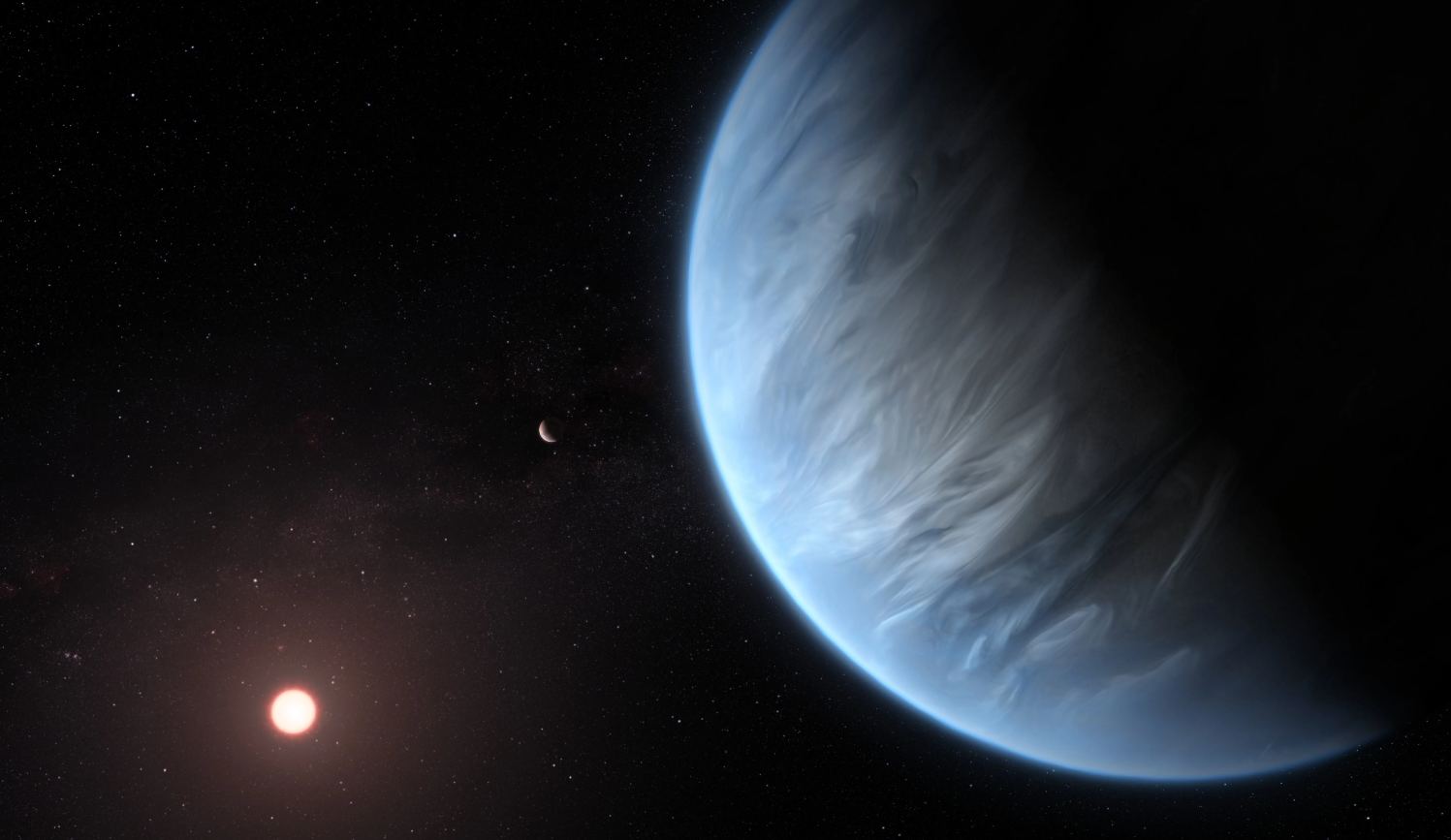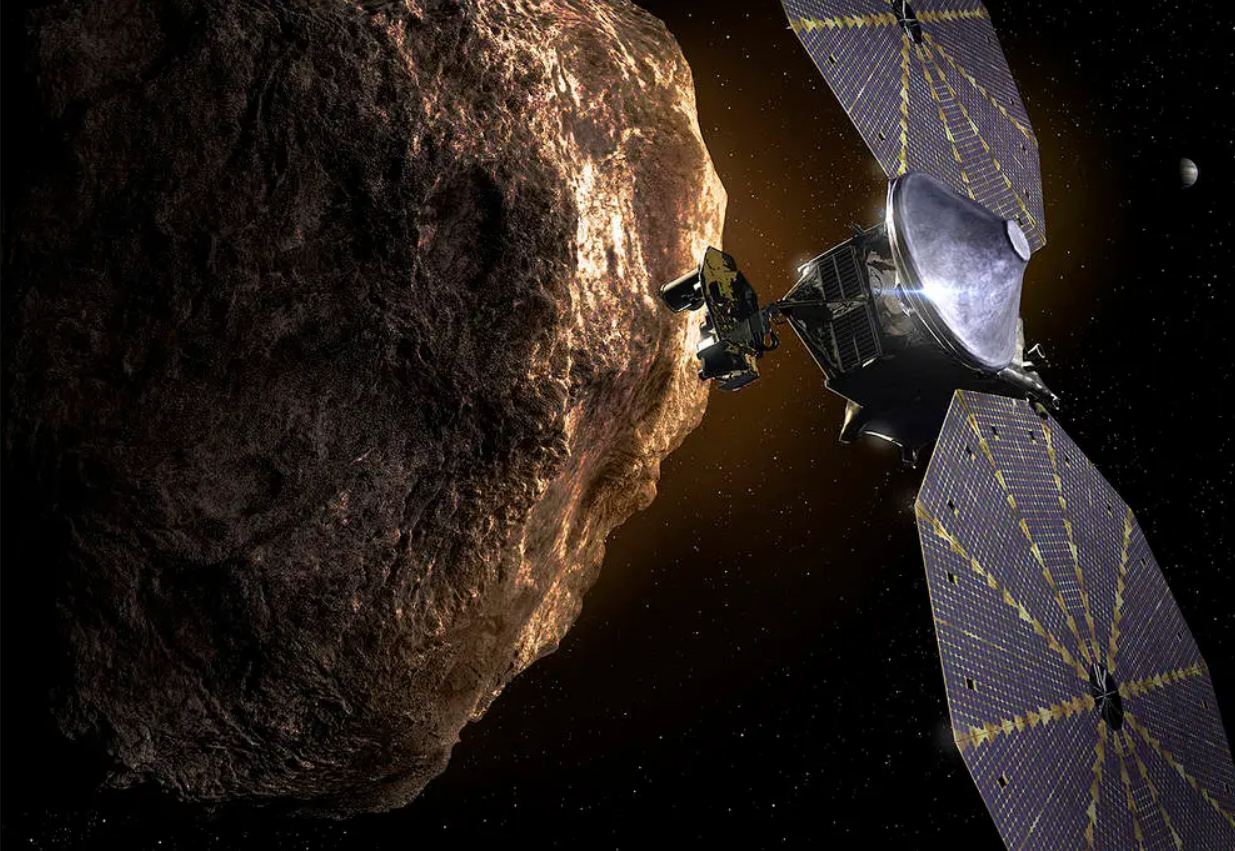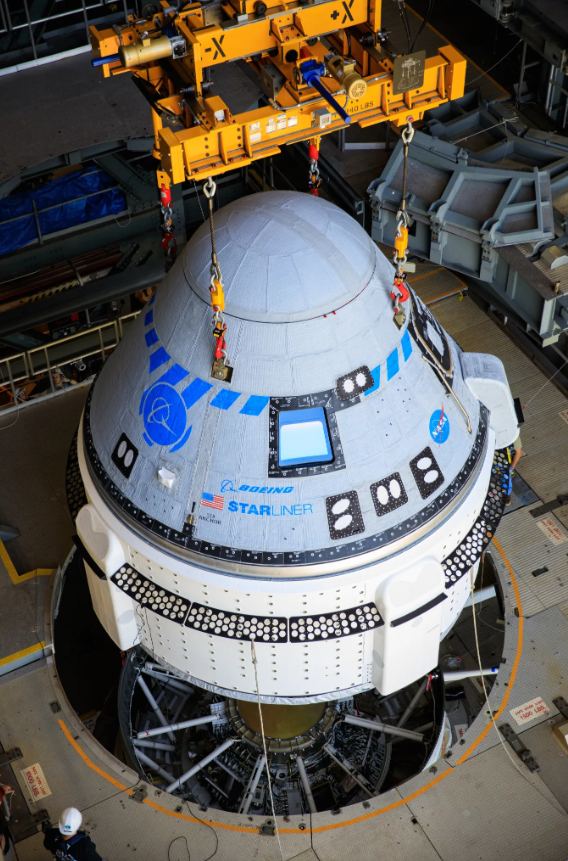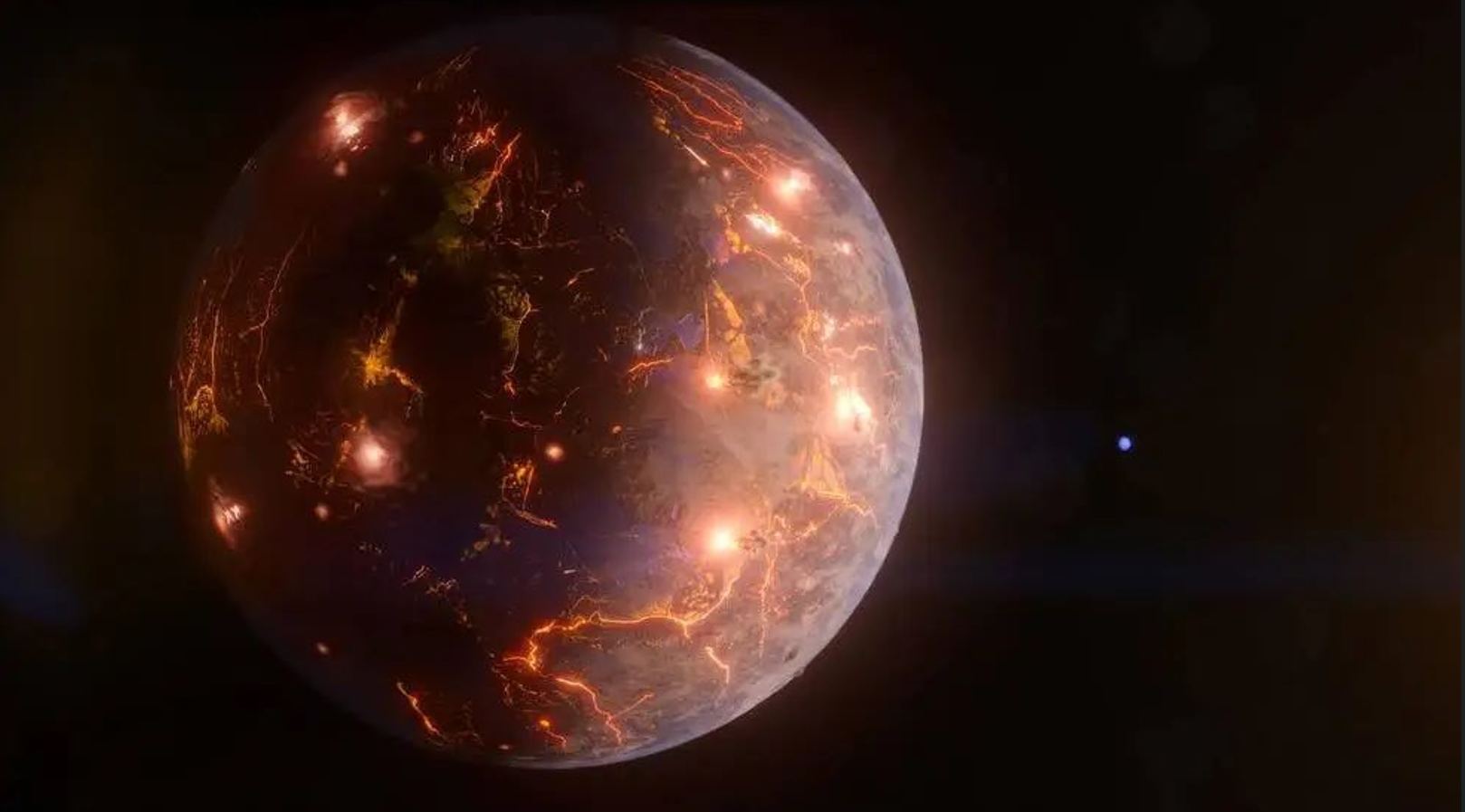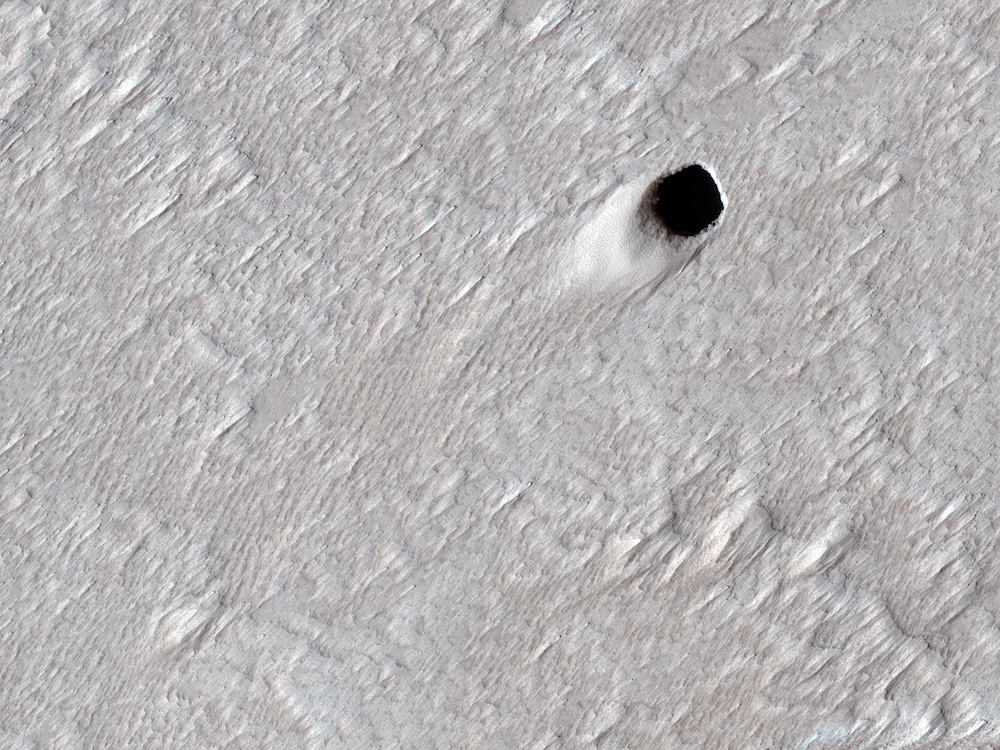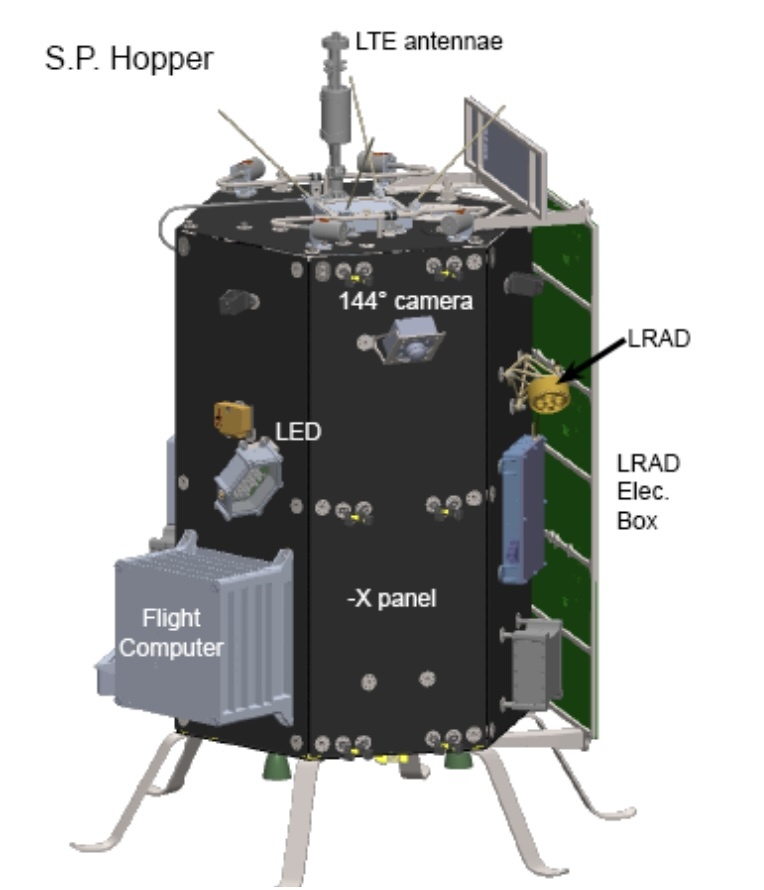There’s a lot we don’t know about the planet nearest to us. Venus is shrouded in clouds, making speculation about what’s happening on its surface a parlor game for many planetary scientists for decades. But one idea that always seems to come up in those conversations – volcanoes. It’s clear that Venus has plenty of volcanoes – estimates center around about 85,000 of them in total. However, science is still unclear as to whether there is any active volcanism on Venus or not. A new set of missions to the planet will hopefully shed some light on the topic – and a new paper from researchers from Europe looks at how we might use information from those missions to do so.
Continue reading “How Much of Venus’s Atmosphere is Coming from Volcanoes?”The Seven Most Intriguing Worlds to Search for Advanced Civilizations (So Far)
Sometimes, the easy calculations are the most interesting. A recent paper from Balázs Bradák of Kobe University in Japan is a case in point. In it, he takes an admittedly simplistic approach but comes up with seven known exoplanets that could hold the key to the biggest question of them all – are we alone?
Continue reading “The Seven Most Intriguing Worlds to Search for Advanced Civilizations (So Far)”If We Want to Visit More Asteroids, We Need to Let the Spacecraft Think for Themselves
Missions to asteroids have been on a tear recently. Visits by Rosetta, Osirix-REX, and Hayabusa2 have all visited small bodies and, in some cases, successfully returned samples to the Earth. But as humanity starts reaching out to asteroids, it will run into a significant technical problem – bandwidth. There are tens of thousands of asteroids in our vicinity, some of which could potentially be dangerous. If we launched a mission to collect necessary data about each of them, our interplanetary communication and control infrastructure would be quickly overwhelmed. So why not let our robotic ambassadors do it for themselves – that’s the idea behind a new paper from researchers at the Federal University of São Paulo and Brazil’s National Institute for Space Research.
Continue reading “If We Want to Visit More Asteroids, We Need to Let the Spacecraft Think for Themselves”Why is it so hard to drill off Earth?

Humans have been digging underground for millennia – on the Earth. It’s where we extract some of our most valuable resources that have moved society forward. For example, there wouldn’t have been a Bronze Age without tin and copper – both of which are primarily found under the ground. But when digging under the ground on celestial bodies, we’ve had a much rougher time. That is going to have to change if we ever hope to utilize the potential resources that are available under the surface. A paper from Dariusz Knez and Mitra Kahlilidermani of the University of Krakow looks at why it’s so hard to drill in space – and what we might do about it.
Continue reading “Why is it so hard to drill off Earth?”NASA Announces Starliner’s Next Launch Attempt: May 6
Starliner, the new crewed capsule from Boeing, has been in the works for a long time. Originally unveiled in 2010, the capsule has been under development for the last 14 years, primarily utilizing NASA grants and contracts. However, Boeing itself has taken upwards of 1 billion dollars in hits to earnings as part of the craft’s development. After all that time in the prototype stages, Starliner is finally ready for its first crewed flight – which has now officially been scheduled for May 6th.
Continue reading “NASA Announces Starliner’s Next Launch Attempt: May 6”Could We Directly Observe Volcanoes on an Exoplanet?
After a few decades of simply finding exoplanets, humanity is starting to be able to do something more – peer into their atmospheres. The James Webb Space Telescope (JWST) has already started looking at the atmospheres of some larger exoplanets around brighter stars. But in many cases, scientists are still developing models that both explain what the planet’s atmosphere is made of and match the data. A new study from researchers at UC Riverside, NASA’s Goddard Spaceflight Center, American University, and the University of Maryland looks at what one particular atmospheric process might look like on an exoplanet – volcanism.
Continue reading “Could We Directly Observe Volcanoes on an Exoplanet?”Mapping Lava Tubes on the Moon and Mars from Space
Sometimes, all you need for a new discovery is some creative math. That was the case for a new paper by Edward Williams and Laurent Montési of the University of Maryland’s Department of Geology. They released a brief paper at the Lunar and Planetary Science Conference last month that describes a mathematical way to estimate the size of a lava tube using only remote sensing techniques.
Continue reading “Mapping Lava Tubes on the Moon and Mars from Space”A Robot Hopper to Explore the Moon’s Dangerous Terrain
Intuitive Machines recently had a major breakthrough, successfully becoming the first non-governmental entity to land on the Moon in February. At least the landing was partially successful – the company’s Odysseus lander ended up on its side, though its instruments and communication links remained at least partially functional. That mission, dubbed IM-1, was the first in a series of ambitious missions the company has planned. And they recently released a paper detailing features of a unique hopping robot that will hitch a ride on its next Moon mission.
Continue reading “A Robot Hopper to Explore the Moon’s Dangerous Terrain”Thermal Modeling of a Pulsed Plasma Rocket Shows It Should Be Possible To Create One
We’ve reported on a technology called pulsed plasma rockets (PPRs) here at UT a few times. Several research groups have worked on variations of them. They are so popular partly because of their extremely high specific impulse and thrust levels, and they seemingly solve the trade-off between those two all-important variables in space exploration propulsion systems. Essentially, they are an extremely efficient propulsion methodology that, if scaled up, would allow payloads to reach other planets in weeks rather than months or years. However, some inherent dangers still need to be worked out, and overcoming some of those dangers was the purpose of a NASA Institute for Advanced Concepts (NIAC) project back in 2020.
Continue reading “Thermal Modeling of a Pulsed Plasma Rocket Shows It Should Be Possible To Create One”Civilizations Could Time Their Communications Based on the Movement of a Single Star
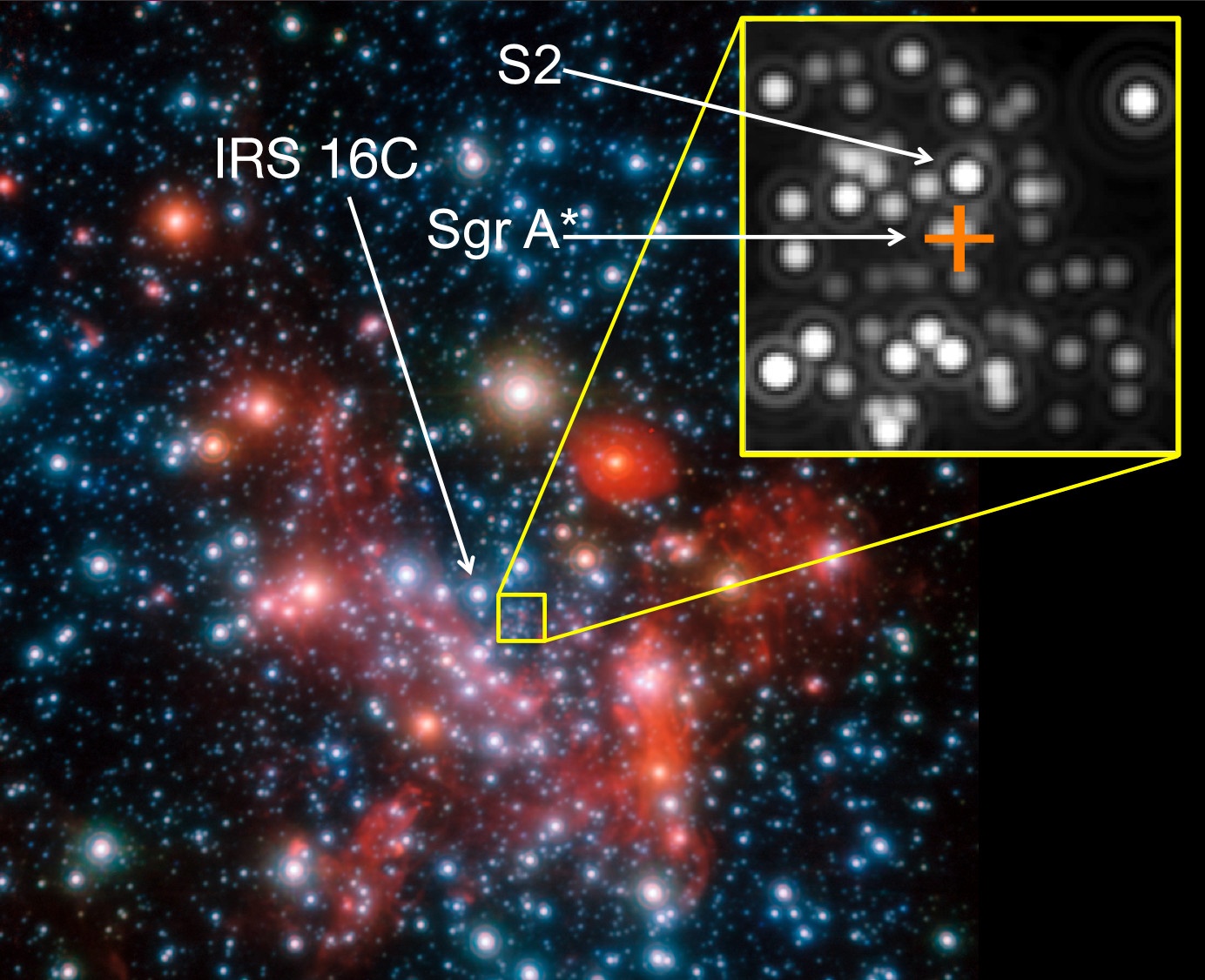
The Search for Extraterrestrial Intelligence has been ongoing for decades at this point. Despite that, we have yet to find any rock-hard evidence of a signal from an alien civilization. When asked about this, experts point out just how little of the overall signal space we’ve analyzed. A signal could be coming from anywhere in the sky, at any frequency, and might not be continuous. Constraining the “search space” could help us find a signal faster, but what could we use to constrain it? It’s hard to think like an alien intelligence, let alone to mimic them.
Continue reading “Civilizations Could Time Their Communications Based on the Movement of a Single Star”
